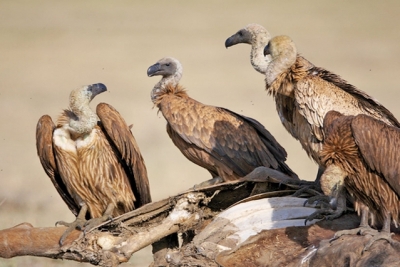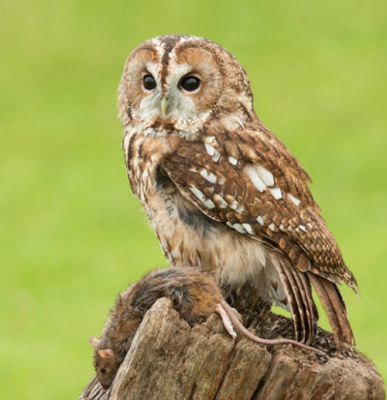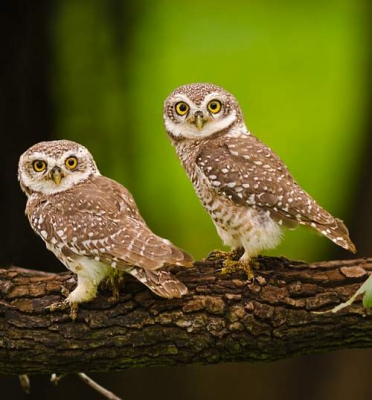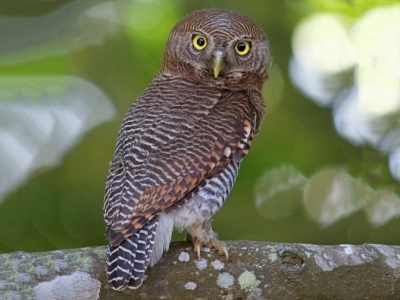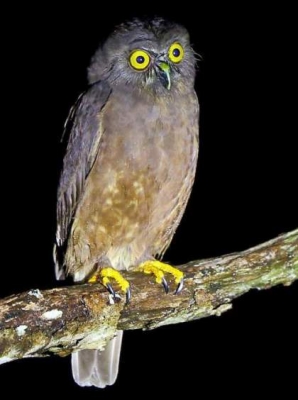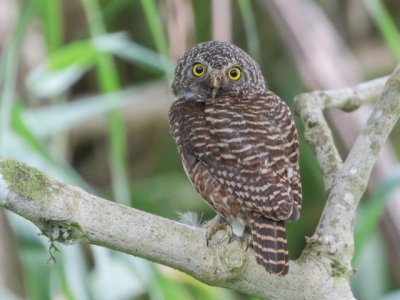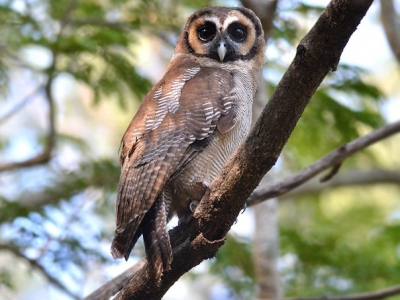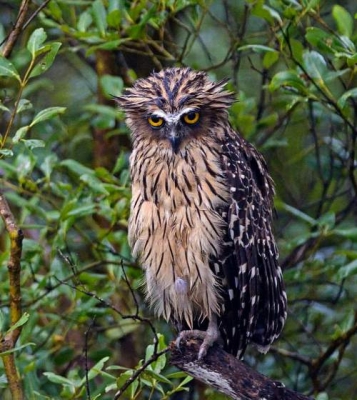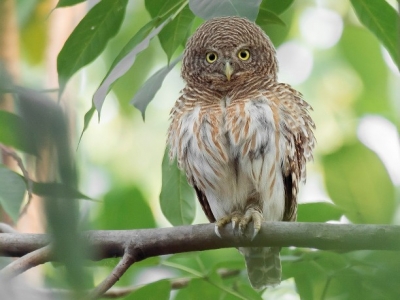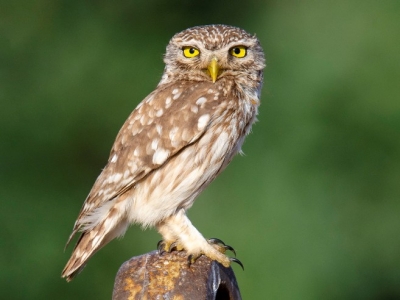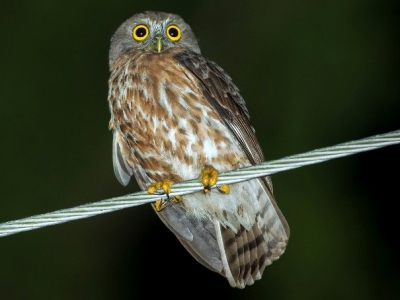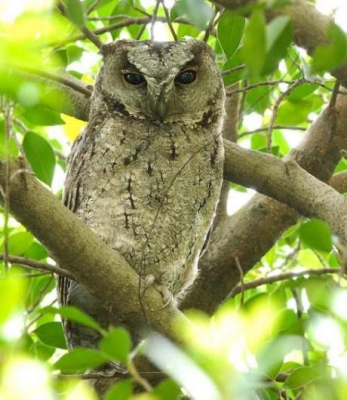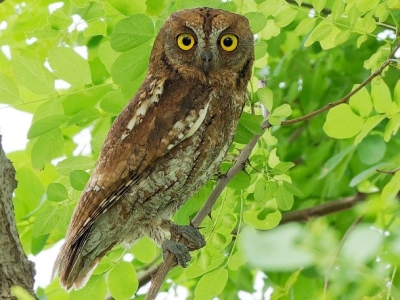What are the fun facts of baya weaver?
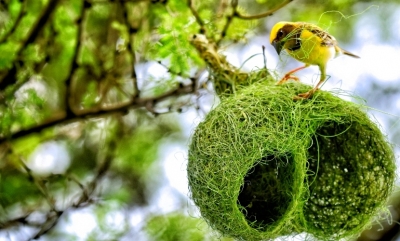
Baya weaver is a weaverbird found across the Indian Subcontinent and Southeast Asia.
During non-breeding season, plumage of both males and females resemble female house sparrow. During breeding season, the male's plumage turns into yellow. It will have a bright yellow crown, dark brown mask, blackish brown bill, yellow breast and cream buff below.
It is a social and gregarious bird. It is known for its uniquely-shaped nests. The male starts building a pendulous nests using long strips of paddy leaves, and rough grasses during the breeding season. The females inspect and choose a nest before signalling their approval to pair with the male.
During the breeding season the males begin building nests. The nests are partially built when the males display to passing females by flapping their wings and calling while hanging to their nests. The call of the Baya males which is normally a sparrow-like chit-chit is followed by a long-drawn chee-ee in the breeding season. The females inspect and choose a nest before signalling their approval to a male. Once a male and a female are paired, the male goes on to complete the nest including the entrance tunnel, males are solely incharge of building the nests, though their female partners may join in giving the finishing touches. Studies have shown that nest location is more important than nest structure for the female decision making.
The males are polygynous, mating with 2 to 3 females one after another. Males build many partial nests and start attracting females. A male finishes the nest to its completion only after finding a mate, after mating the female lays about 2 to 4 white eggs and incubates them. The females are solely responsible for incubating and bringing up the brood. After mating with a female the male goes on to woo more females with its other nests.
Credit : Beauty of Birds
Picture Credit : Google

